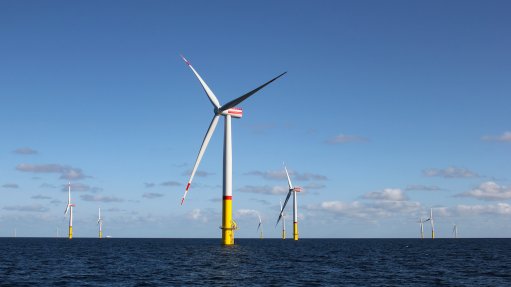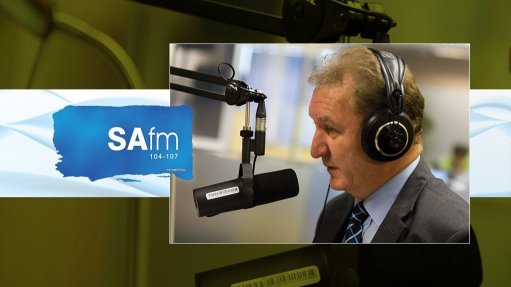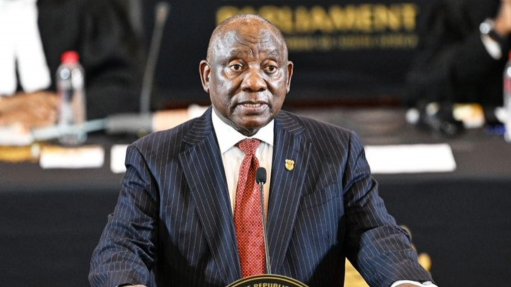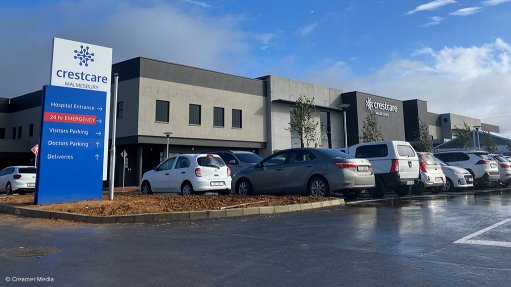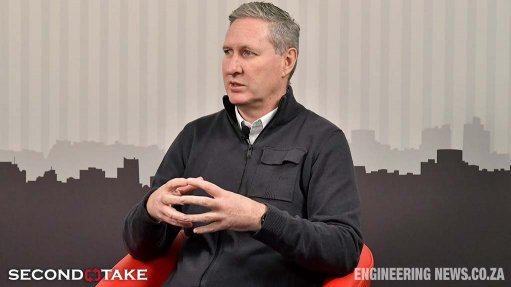Africa’s abundance
If you haven’t got an Africa strategy, you haven’t got a strategy. That was the message I sought to convey to the exuberantly bright minds of the University of Strathclyde Business School postgraduates last week. A simple vox pop – what do you think when you think of Africa – brought a predictable response: poverty, war, famine, disease and resentment of Western colonialism.
My counter: words such as fast-growing, progressive, modern, dynamic and go-getter better describe what is going on in most of the continent’s 54 independent sovereign nations.
The numbers – both immediate and long-term trends – put Africa in the forefront of global economic growth in 2024 and in 2025. African economies are proving resilient, despite the extraordinary battering global economies have suffered, first with the Covid-19 pandemic and then with the oil price shock that Russia’s invasion of Ukraine provoked.
The African Development Bank’s (AfDB’s) ‘Africa Economic Outlook’ shows a solid post-Covid-19 rebound, with an average growth rate of 3.7% in 2024 rising to 4.3% in 2025 – exceeding a projected global average growth rate of 3.2%. Growth in 24 African countries will exceed 5%, up from 17 countries this year. Top performers include Benin (6.3%), Côte d‘Ivoire (7%), Djibouti( 6.4%), Ethiopia (6.7%), Libya (7%), Niger (9.1%), Rwanda (6.7%), Senegal (9.8%) and Uganda (6.5%). The IMF concurs, pointing out that of the top 20 world economies that are projected to experience the fastest growth rates in 2024, nine are African countries.
True to form, the nay-sayers repeat their dismissive mantra that this growth is off “a very low base”. With the exception of Niger, this is just not true. The AfDB report highlights that the continent will again be the fastest- growing region after ‘developing’ Asia – a position the continent held in the run-up to the Covid-19 outbreak.
In Niger’s case, the high growth forecasts optimistically assume a return to normal business following the July 2023 military coup d’état that resulted in regional and international sanctions and a suspension of international financing. That Nigerien oil exports through Seme port in Benin will increase to 90 000 bpd is also in doubt.
For most countries, the strong rebound is a result of consistent economic development and implementation. Three decades of economic restructuring and diversification are finally paying dividends. For example, Senegal’s 10% growth burst is on the back of extensive investment in the economy, notably in roads, rail and energy infrastructure and principally due to oil (100 000 bpd) and gas production (2.3 MT of natural gas) coming on stream in mid-2024. However, the economy is sufficiently diversified that the IMF expects growth rates of 6% should the oil and gas projects not come on stream on time.
Long-term megatrends underpin this positive outlook. World Bank figures show that some 50% of sub-Saharan populations lived in extreme poverty in 2000. Despite a rising population since the millennium, public and international policy has seen those living in extreme poverty slashed to 35% today. That is still too high for comfort, but it represents progress that is largely unacknowledged. Nor is the hard work that has gone into raising average life expectancy over the same period by a decade from 51 to 64, or for systematically reducing child mortality.
Perhaps the most significant statistic is the demographic of 1.2-billion people whose median age is 19 and whose life journey will provide a lifetime of opportunity for savvy investors and retailers able to supply this super-connected population – 450-million of whom now have smartphone subscriptions – with their every need, from education to consumer goods to healthcare and pensions.
In parallel with this growth story is the evolution of Africa’s democracies – each an essential buttress to the other. Some 60 years after independence and one-party Statism and 30 years since a wave of grassroots prodemocracy ousted most of the infamous set of postindependence dictators, Africa’s democracies are maturing. The best example is South Africa where, 30 years on from the end of apartheid, elections were – again – free and fair, observed and reported on by a dynamic, active and free press.
South Africans collectively delivered their verdict on the dismal performance of the former liberation-turned-ruling party, the African National Congress (ANC). They slashed its majority and forced it into coalition government. On the anniversary of the 1976 Soweto uprising, South Africa’s political parties formed a government of national unity which will see a new development- focused centrist government take the country forward. As one commentator said, South Africa once again looked at the precipice, drew back – and restored hope. The central hope is restored growth.
Other fine examples include Kenya, where a new Constitution delivered the country’s first violence-free elections while simultaneously curtailing the Presidency’s executive power and unilateral control of the State treasury. Newfound political stability in Kenya puts it among the continent’s top economic prospects.
Meanwhile, in Senegal, prodemocracy pressure propelled a new anticorruption, youthful professional, Bassirou Faye, from prison into the Presidency within one month! This chimes with repeated polls by Afrobarometer, Africa’s sole pan-African opinion survey company, where those polled preferred democracy – even inefficient democracy – to dictatorships.
In this rosy context, the Sahelian coups in Burkina Faso, Mali, Niger and Sudan are an aberration requiring urgent pan-African attention. They have brought insecurity, war and poverty, and in Sudan a potential genocide at worst, at best an extreme humanitarian crisis, once again feeding international investor prejudices. Despite these worrying developments, for the savvy investor with a well-informed strategy, the continent abounds with opportunity – Africa is where the action is!
Comments
Press Office
Announcements
What's On
Subscribe to improve your user experience...
Option 1 (equivalent of R125 a month):
Receive a weekly copy of Creamer Media's Engineering News & Mining Weekly magazine
(print copy for those in South Africa and e-magazine for those outside of South Africa)
Receive daily email newsletters
Access to full search results
Access archive of magazine back copies
Access to Projects in Progress
Access to ONE Research Report of your choice in PDF format
Option 2 (equivalent of R375 a month):
All benefits from Option 1
PLUS
Access to Creamer Media's Research Channel Africa for ALL Research Reports, in PDF format, on various industrial and mining sectors
including Electricity; Water; Energy Transition; Hydrogen; Roads, Rail and Ports; Coal; Gold; Platinum; Battery Metals; etc.
Already a subscriber?
Forgotten your password?
Receive weekly copy of Creamer Media's Engineering News & Mining Weekly magazine (print copy for those in South Africa and e-magazine for those outside of South Africa)
➕
Recieve daily email newsletters
➕
Access to full search results
➕
Access archive of magazine back copies
➕
Access to Projects in Progress
➕
Access to ONE Research Report of your choice in PDF format
RESEARCH CHANNEL AFRICA
R4500 (equivalent of R375 a month)
SUBSCRIBEAll benefits from Option 1
➕
Access to Creamer Media's Research Channel Africa for ALL Research Reports on various industrial and mining sectors, in PDF format, including on:
Electricity
➕
Water
➕
Energy Transition
➕
Hydrogen
➕
Roads, Rail and Ports
➕
Coal
➕
Gold
➕
Platinum
➕
Battery Metals
➕
etc.
Receive all benefits from Option 1 or Option 2 delivered to numerous people at your company
➕
Multiple User names and Passwords for simultaneous log-ins
➕
Intranet integration access to all in your organisation







